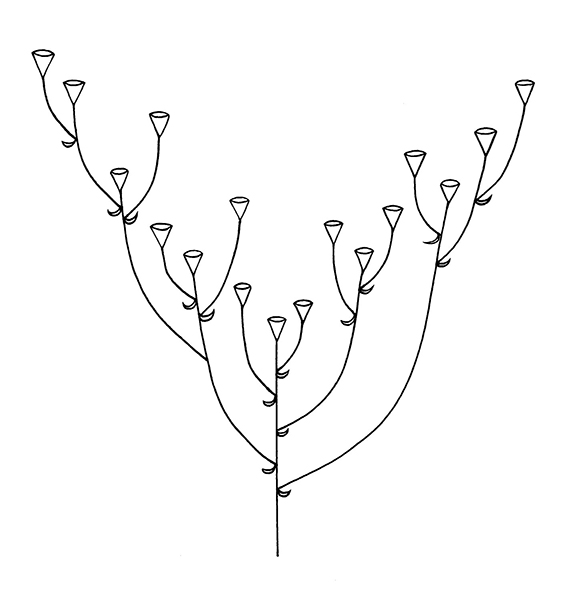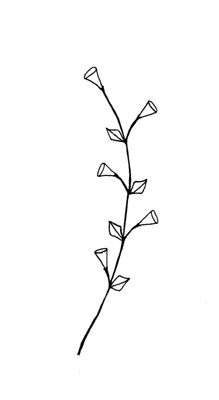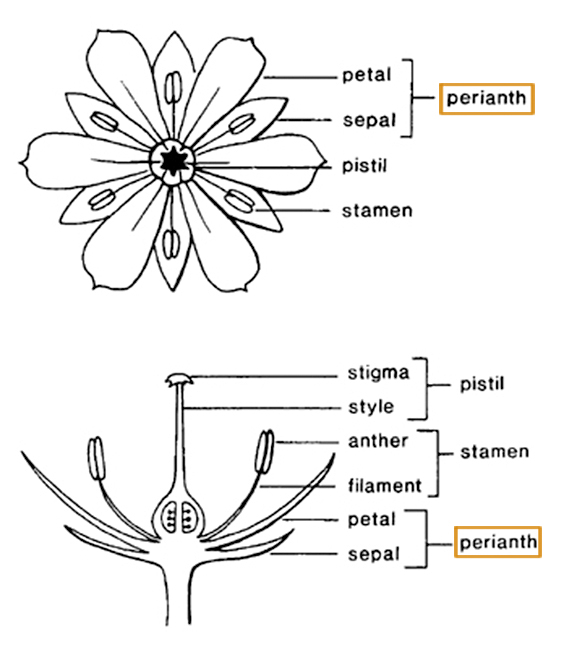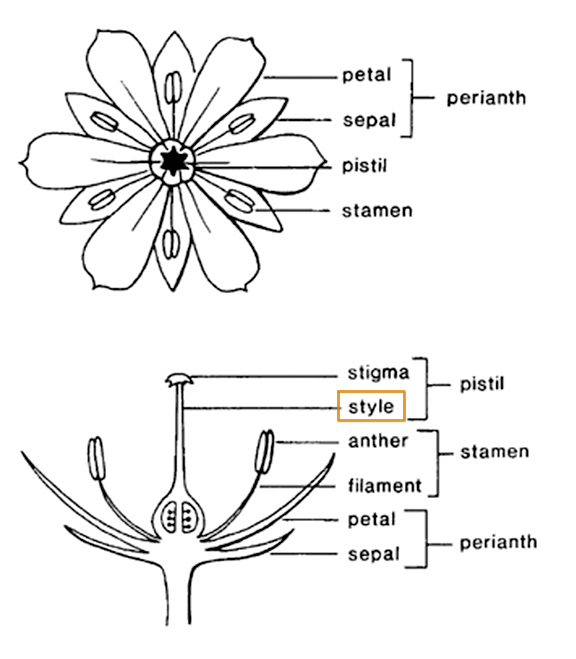Schoenoplectus (Rchb.) Palla
club-rush, bulrush, tule
Cyperaceae
Actinoscirpus, Eleocharis, Isolepis
cosmopolitancosmopolitan:
(adj) essentially worldwide in distribution
Schoenoplectus acutus (Muhl. ex Bigelow) Á.Löve & D.Löve [also offered under the synonym Scirpus acutus Muhl. ex Bigelow]
S. americanus (Pers.) Volkart
S. californicus (C.A.Mey.) Soják
S. pungens (Vahl) Palla
S. tabernaemontani (C.C.Gmel.) Palla [also offered under the synonyms Schoenoplectus validus (Vahl) Á.Löve & D.Löve and Scirpus validus Vahl and the erroneous synonym Scirpus acutus Muhl. ex Bigelow]
Schoenoplectus californicus is introduced into Australia, Hawaii and New Zealand.
S. triqueter (L.) Palla is naturalized in the United States.
may be weedy in some countries
amphibiousamphibious:
(adj) of a plant able to live on land or in water
, seasonally inundated, semi-aquatic to aquatic emergentemergent:
(adj) (syn. emersed) with parts raised out of the water; extending up out of the water
sedge, occasionally submergedsubmerged:
(adj) (syn. submersed) under water; submerged below the water surface
; attached
Tufted or creeping sedge. Rhizomatousrhizomatous:
(adj) possessing rhizomes
; culms round or triangular, smooth, sometimes septateseptate:
(adj) divided or partitioned by cross-walls
, spongy with internal air cavities. Leaves basalbasal:
(adj) at or pertaining to the base, or point of attachment
or reduced to sheaths; if present, leaf bladeblade:
(n) (syn. lamina) the flat, expanded part of a leaf, frond, or petal (excluding, e.g., the petiole)
 linear and ribbon-like, ± laterally compressed. Inflorescenceinflorescence:
linear and ribbon-like, ± laterally compressed. Inflorescenceinflorescence:
(n) the arrangement of flowers on the floral axis
 a capitatecapitate:
a capitatecapitate:
(adj) terminated by an enlarged and rounded head
cluster of spikelets or an anthelaanthela:
(n) a type of cymose corymb inflorescence, in which the lateral flowers are higher than the central ones
 ; pedunclepeduncle:
; pedunclepeduncle:
(n) the stalk of a flower cluster or inflorescence
absent; involucral bracts 1 to 5, lowest bractbract:
(n) a modified leaf near a flower or inflorescence, often reduced, sometimes large and/or petaloid; also glumes, lemmas, and paleae of grass spikelets
 culmculm:
culmculm:
(n) the stem of a grass or sedge
-like, appearing as a continuation of the culmculm:
(n) the stem of a grass or sedge
; Spikelets 1 to several, ovoidovoid:
(adj) egg-shaped in three dimensions
to ellipsoid, many-flowered. Flowers bisexualbisexual:
(adj) having both male and female sexual reproductive structures on one individual or in one flower
; glumes spirally arranged, often each subtending flower, deciduousdeciduous:
(adj) shedding of parts at the end of their growing period, as with leaves; those trees or shrubs that drop their leaves at the end of the season
, rarely persistentpersistent:
(adj) (of leaves etc,) remaining attached; not being dropped or falling off
; perianthperianth:
(n) collective term for the calyx and corolla of a flower; also used for floral whorl(s) in which the calyx and corolla cannot be resolved; any of the leaves or bracts surrounding the sex organs of bryophytes
 absent or reduced to up to 6 bristles; bristles smooth, retrorsely barbed or plumoseplumose:
absent or reduced to up to 6 bristles; bristles smooth, retrorsely barbed or plumoseplumose:
(adj) (of hairs or bristles) fine, feather-like
, deciduousdeciduous:
(adj) shedding of parts at the end of their growing period, as with leaves; those trees or shrubs that drop their leaves at the end of the season
with nutletnutlet:
(n) a small nut
; stamens 1 to 3; stylestyle:
(n) in a flower, the narrow and elongated part of the pistil between the stigma and the ovary
 linear, base not dilated; stigmasstigma:
linear, base not dilated; stigmasstigma:
(n) the portion of the pistil that is receptive to pollen
2 to 3.
annual species are typically in seasonally wet areas, perennialperennial:
(adj) (of a plant) having a life cycle of more than two years
species more often in shallow to deep water; in damp meadows, grasslands near watercourses and paddy fields, along and in fresh to brackish waters, streams, rivers, fens, bogs, marshes, swamps, seepage areas, ponds and lakes